A time of political turmoil, where the youth will rise through decentralized systems, cryptocurrency networks, and peer-to-peer economies, bypassing traditional institutions.
Written by: hitesh.eth
Translated by: AididiaoJP, Foresight News
The riots in Nepal may just be the beginning.
The global Generation Z now possesses decentralized weapons: Discord, cryptocurrency, and memes.
The era of political turmoil will spread across borders at an unprecedented speed.
A peaceful movement initiated by Nepal's Generation Z youth, aimed at opposing government nepotism, corruption, wealth inequality, and social media bans, evolved into violent protests after the government opened fire on peaceful demonstrators. In this act of despotism, 19 Generation Z protesters were killed and 400 injured, all at the hands of police under the command of the ruling government. This incident sent shockwaves throughout the country, changing the entire direction of the protests.
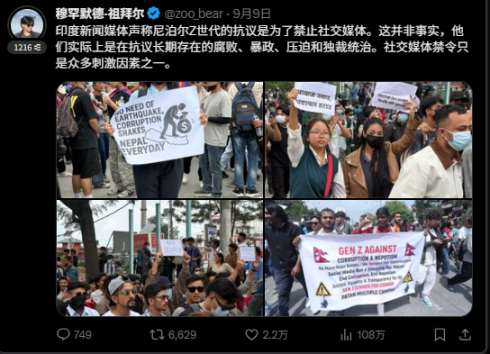
News spread rapidly through Discord channels, and the youth quickly gathered in different cities. The parliament, public infrastructure, and politicians' homes in Nepal were set ablaze by protesters. Anger swept across Nepal, forcing the government to lift the lockdown in less than 24 hours. Prime Minister Oli resigned, and Nepal's Generation Z won this battle without any support from opposition parties. This was a struggle against all political parties, a pure expression of youthful energy in its most primal form.
In the absence of other social media, the youth led the entire movement in a decentralized manner through Discord. When the banking system shut down, they used cryptocurrency for transactions. They operated the entire protest without relying on a single leader.
The Decentralized Nature of Courage
The decentralized nature of this protest is historically significant. Unlike traditional movements that rely on charismatic leaders or parties to organize and lead, Nepal's Generation Z demonstrated how technology can flatten hierarchies, allowing thousands to act in sync without central command.
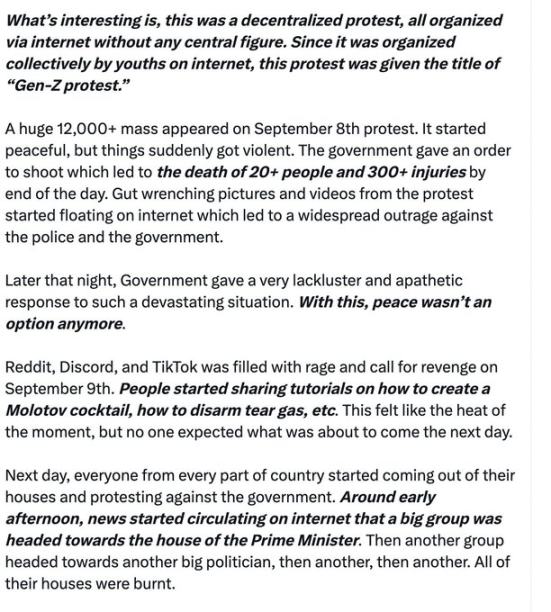
Thanks: https://x.com/rachinkalakheti/status/1966314602251301138
Each Discord server became a command center, where information flowed, strategies were crowdsourced, and decisions were made collectively. No one could be silenced or bought off because leadership was decentralized. Even if certain channels were blocked or some organizers were arrested, the movement would continuously regenerate itself. This is the true power of decentralization; no one owns it, but everyone contributes to it.
Corruption as a Global Disease
How Nepali politicians exploit the people's wealth is a situation seen in almost every part of the world. Many brave journalists have exposed corruption cases in the past. However, corruption in democratic systems is more subtle and insidious than outright authoritarianism.
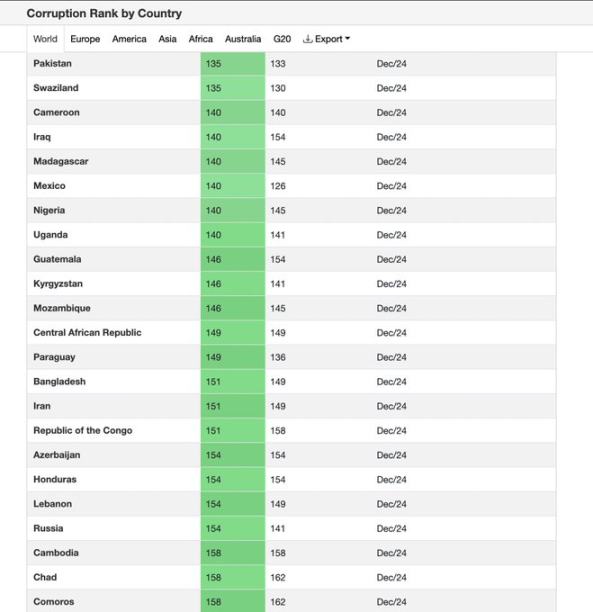
From South Asia to Latin America to Africa, political elites accumulate generational wealth through opaque contracts, kickbacks, monopolies, and nepotism. They siphon off resources that should be used for the public good, transferring them into private empires, leaving ordinary people to survive on scraps. Citizens subconsciously know this, but they avoid confronting it because the system normalizes exploitation as "that's just how things are."
Nepal's Generation Z has shattered this illusion. They show that you can confront corruption and demand accountability, even if it means burning down buildings that symbolize corruption.
Social Media as a Battlefield
This protest demonstrated how to leverage social media trends and activities to gain massive support in a short time. Hashtags became rallying cries, memes became political weapons, and real-time updates served as both strategic notes and morale boosters.
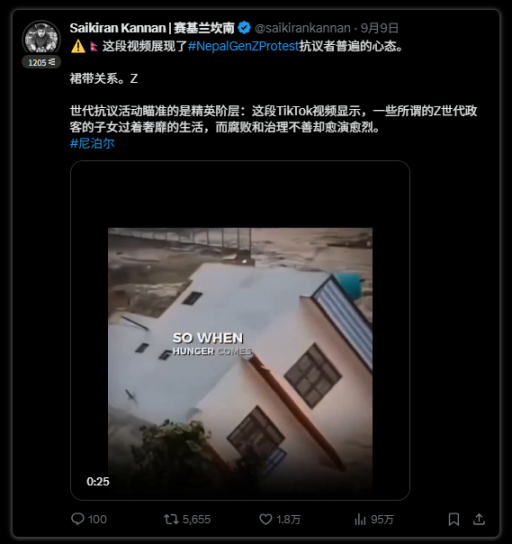
Within hours, what was once dismissed as "angry youth" transformed into an orderly street uprising. I am quite certain that many similar movements to overthrow capitalist governments may already be in their early stages around the world. Not all actions will achieve the same results as the protests in Nepal, but some certainly will. I would not be surprised if similar Generation Z protests occur in India within the next three years. Whether they succeed or not is another matter, but attempts will emerge.
Cryptocurrency as Fuel for Resistance
Cryptocurrency will play an increasingly important role in such protests, as the world enters an era of political turmoil. Governments control currency and can halt its flow, but people can transcend these barriers through cryptocurrency.
Funding is always the backbone of any movement; without funding, protests collapse. Traditional funding relies on NGOs, opposition parties, or foreign donors, but these sources are often compromised or blocked. Cryptocurrency offers a parallel track: fast, censorship-resistant, and borderless.
When a team initiates a nationwide protest and shares a clear declaration, they can even launch a meme coin. This coin serves not only as a fundraising tool but also as a cultural symbol. Every transaction of the coin is a small vote of confidence, and every price increase is a pulse of collective energy. Those who purchase the coin will promote the protest on social media, ultimately attracting more attention, which in turn creates more trading volume, further driving up the price.
The team behind the protest can continuously share on-the-ground updates, acting as a catalyst for the coin's price. Imagine someone in New York, Berlin, or Tokyo holding a meme coin related to the movement, watching a live stream of the protests, with emotional and financial connections merging. Without funding, protests cannot be sustained in the long term, and meme coins may be the most innovative way to combine funding with visibility.
The Economic Desires Behind Anger
Even in Nepal, people protest because they earn less than the children of elites. Money is the unspoken motive, the quiet engine behind the anger. They need money for comfort and security in their lives, and they are fighting for it.
But did the protests in Nepal address these issues? I have my doubts. In the short term, as the new government formulates plans, they may seem hopeful for a better life and more opportunities. It may appear easy in language. But can Generation Z truly execute and create wealth for the majority of citizens? That is difficult. It requires experience, planning, strategy, and immense courage.
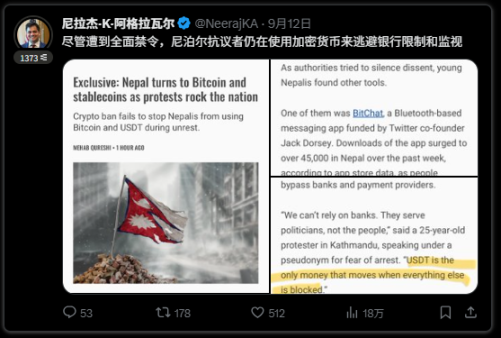
Nevertheless, if cryptocurrency finds a way into the country and changes the economy, they may ultimately create more ways to earn money. They can offer tourism services in a peer-to-peer manner, saving on intermediary costs and earning more. If the entire country shifts to peer-to-peer exchange and communication, it could save 10-50% on intermediary costs and corruption losses. These savings would be passed on to the people of Nepal running that economy, potentially becoming a true game changer.
The Future of Protests
What happened in Nepal is not an isolated incident. It marks the beginning of a new era. A time of political turmoil, where the youth will rise through decentralized systems, cryptocurrency networks, and peer-to-peer economies, bypassing traditional institutions.
In the next five years, the world will witness many such protests. Some will fail, but some will shake entire governments. Behind many protests, cryptocurrency will be the invisible fuel—funding movements, keeping communication open, and creating a parallel economy when the state shuts down official channels. Peer-to-peer systems will not just be convenient tools but weapons of resistance.
Nepal's Generation Z has shown the world that courage, coordination, and technology can collide to change history overnight.
The real question is: which country will be next?
免责声明:本文章仅代表作者个人观点,不代表本平台的立场和观点。本文章仅供信息分享,不构成对任何人的任何投资建议。用户与作者之间的任何争议,与本平台无关。如网页中刊载的文章或图片涉及侵权,请提供相关的权利证明和身份证明发送邮件到support@aicoin.com,本平台相关工作人员将会进行核查。




